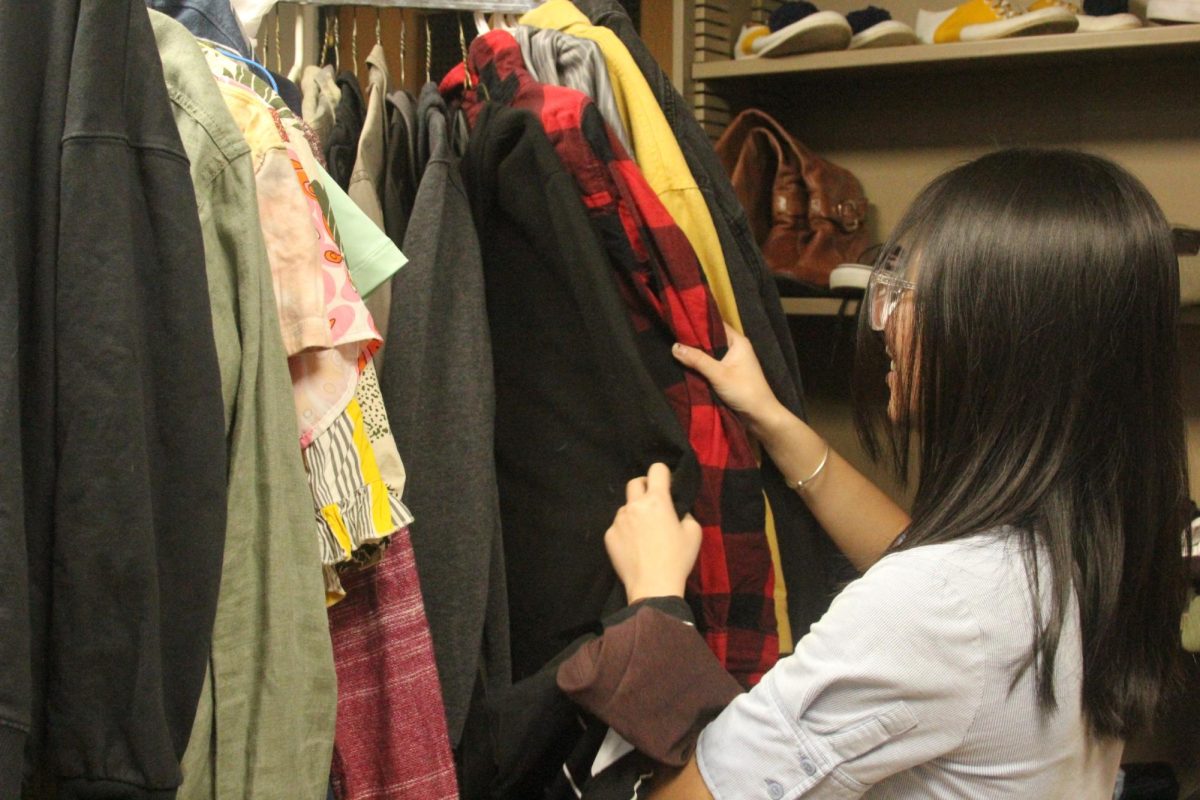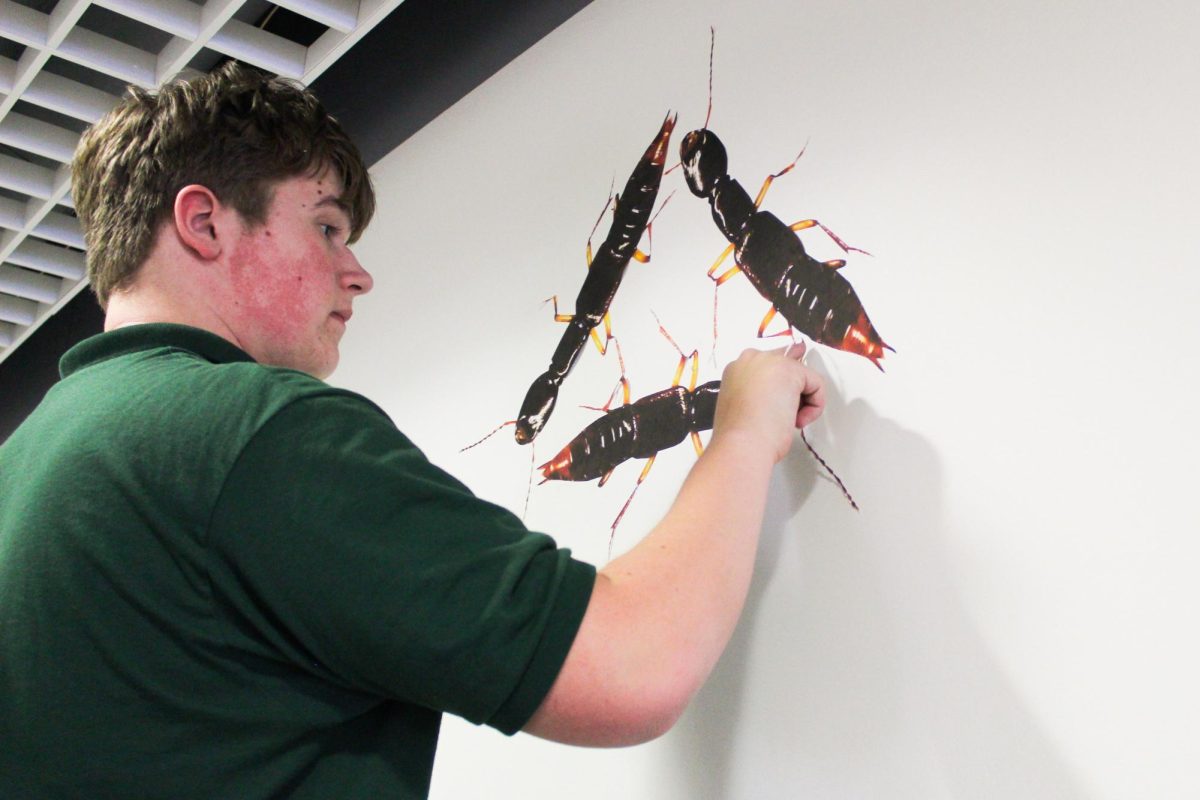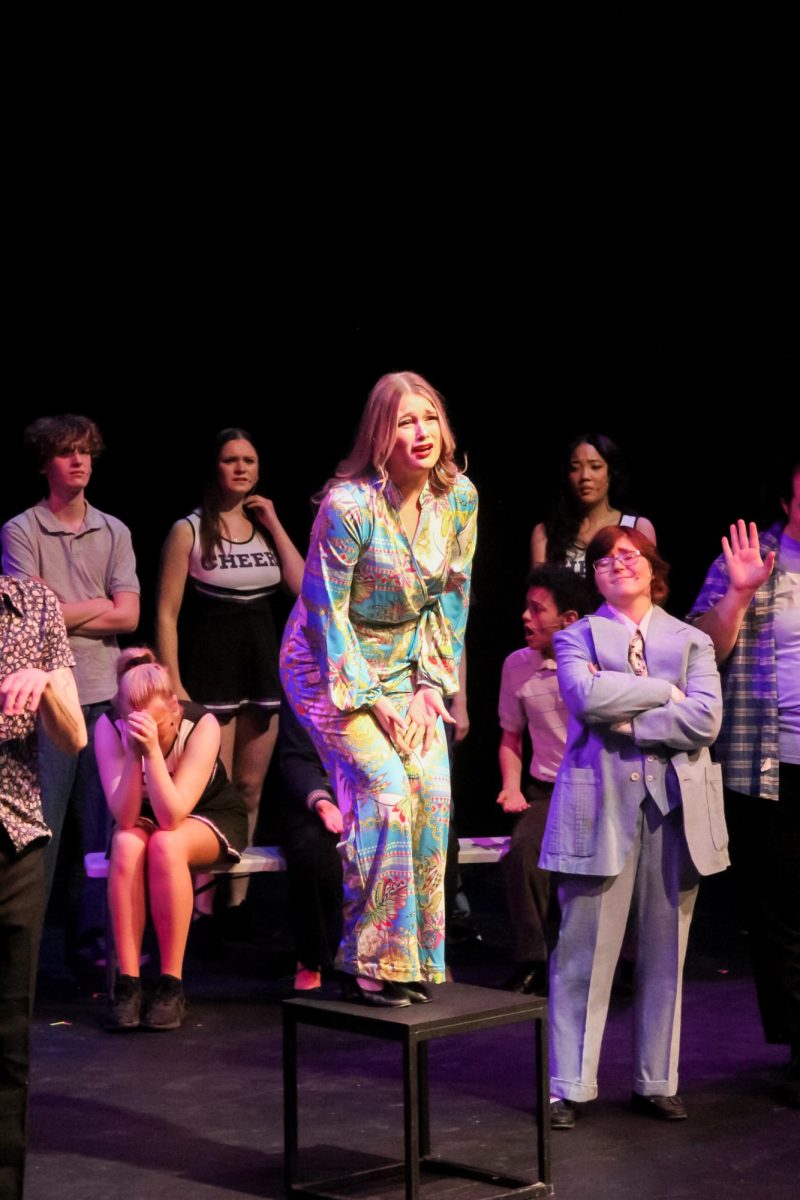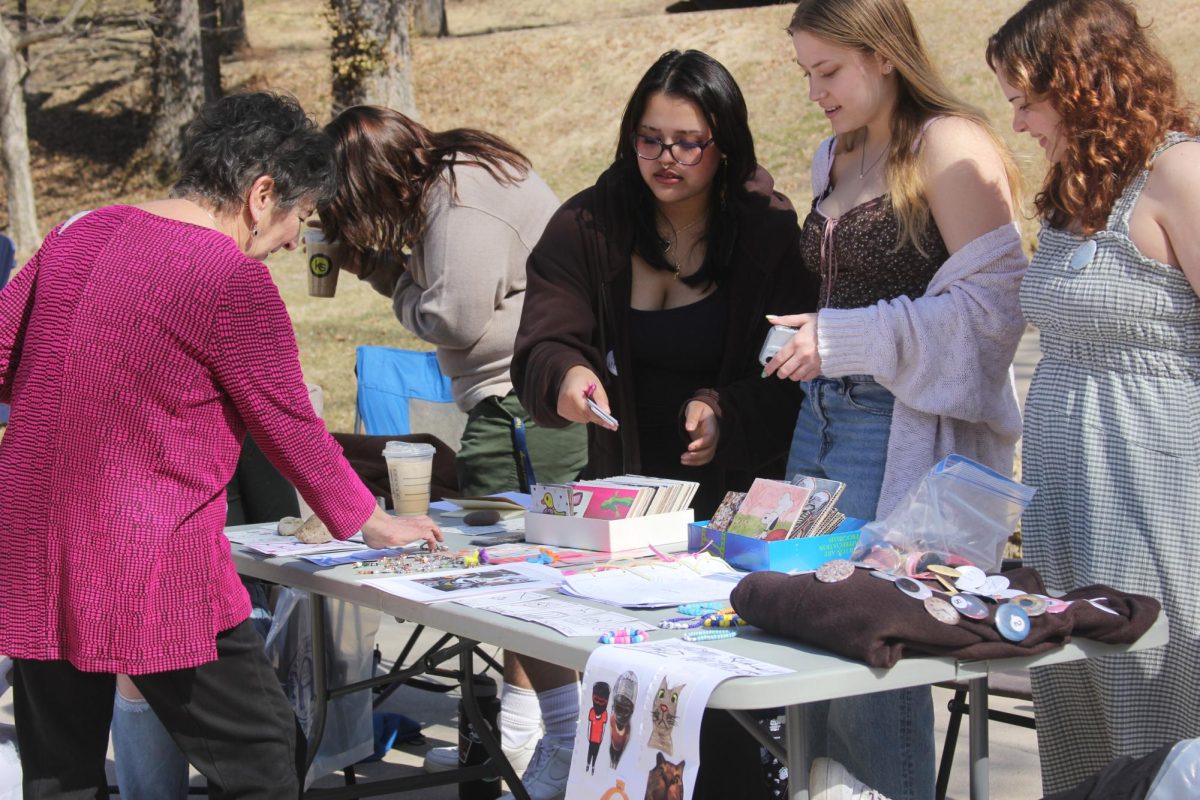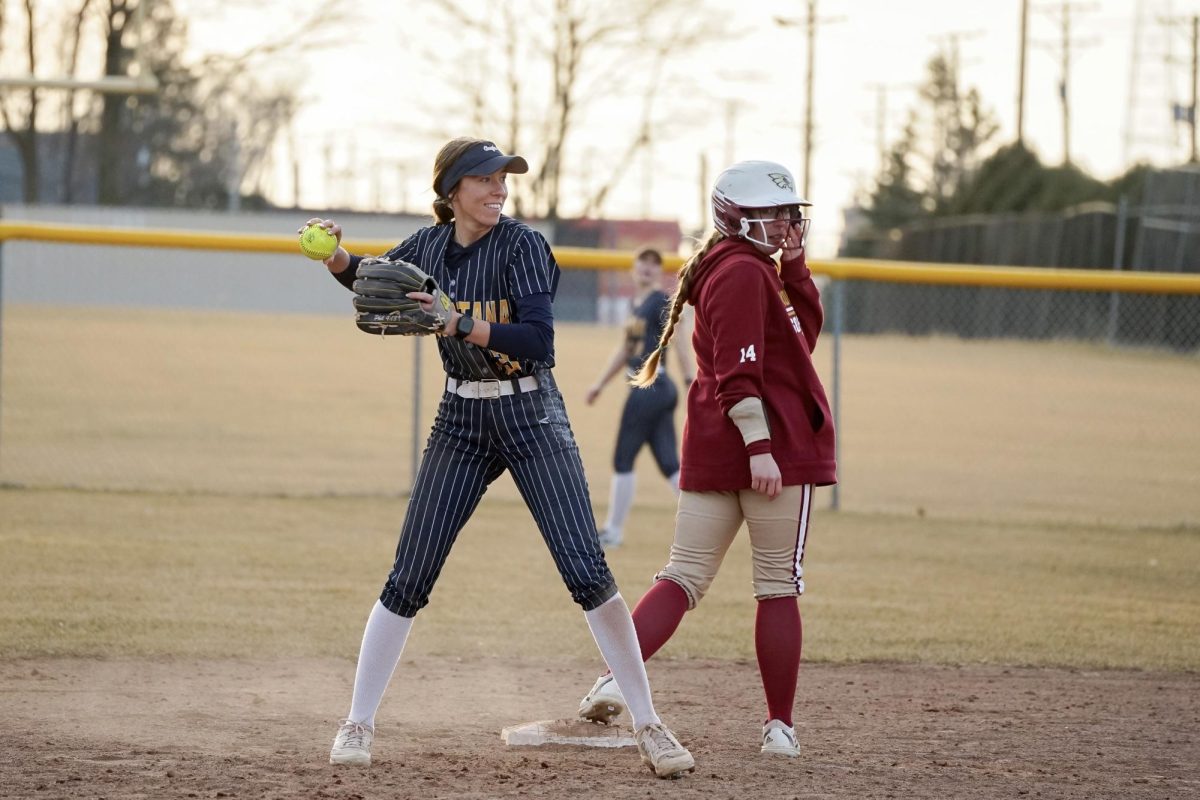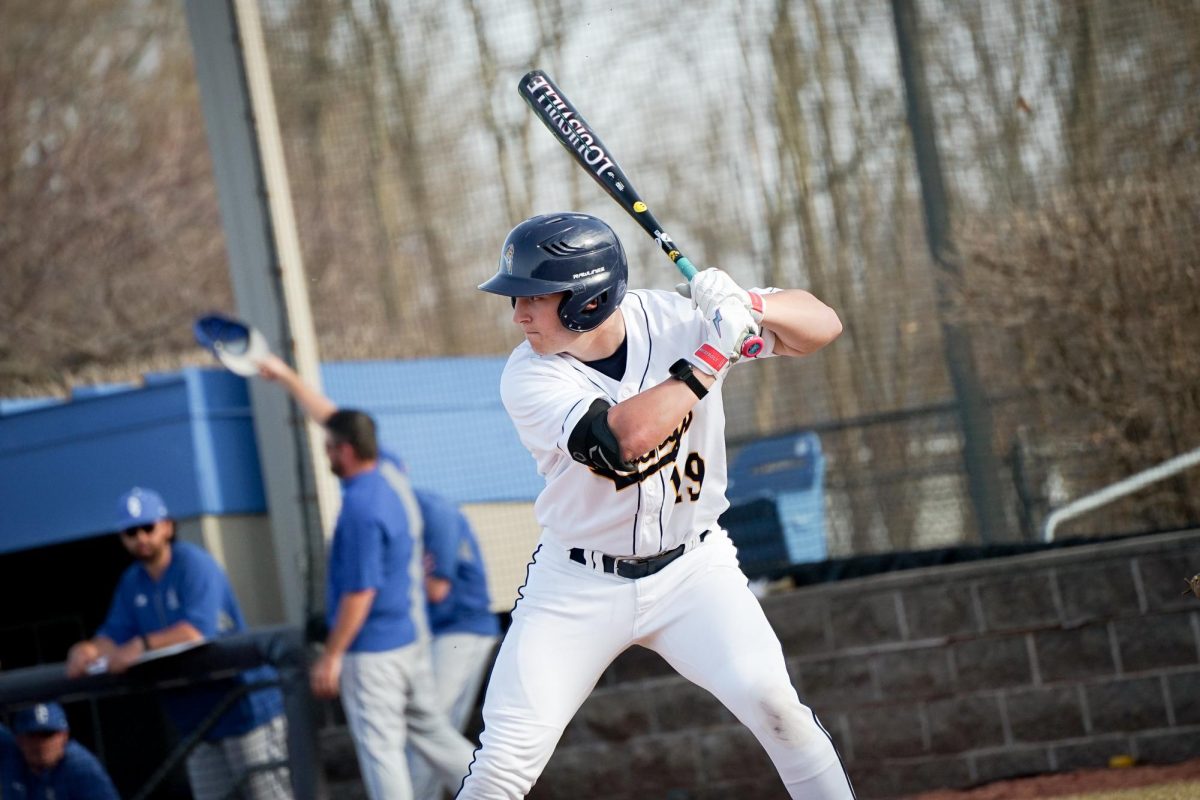The Asian Student Organization (ASO) hosted the Mid-Autumn Festival on Friday 15th September from 7-9pm in the Lower Quad and showed how it was celebrated all over the world.
The Festival was attended by a vast number of students and some faculty, who heard presentations about the festival’s origins and its significance in several Asian countries, took part in an online quiz, enjoyed Mooncakes and different varieties of tea, and constructed paper lanterns. The festival is celebrated in Vietnam, China, Taiwan, Hong Kong, Korea, Japan, the Philippines, Malaysia, Thailand and Singapore, on the 15th day of the 8th month of the lunar calendar (late September-early October in Gregorian time). It honors the autumn harvest and the moon, but is also a time of family gatherings, thanksgiving, and prayers for a brighter future.
ASO President Mykea Johnson, a senior, and ASO Secretary Morgan Clark, a junior, welcomed the crowd and introduced the speakers. Junior Jing Wen Yang spoke first about China, where the festival originated during the Tang Dynasty and became popular during the Song dynasty. According to legend, there were once ten suns, and the archer Hou Yi shot down all but one when their collective heat threatened the earth. An immortal being rewarded Hou Yi with an elixir of immortality, but his wife, Chang’e, swallowed it to save if from a thief and ascended to the moon. She is now considered a deity of both immortality and the moon. Yang spoke as well of the great volume of Chinese poetry now written in honor of the festival.
Junior Chris Sang Han spoke next about Korea, where the festival is called Chuseok, or “the great middle of autumn”, and of the Charye pilgrimage, made by Koreans to their hometowns, where they honor the tombs of their ancestors.
ASO Vice-President Jason Jung spoke about Hong Kong, whose population celebrates the festival by attending art shows, lantern carnivals and fire dragon dances, where dragon lanterns of bamboo, straw, burning incense sticks and other materials are carried through the streets. Sophomore Minh Ta spoke last about Vietnam, revealing that the festival also known as Children’s New Year, in reference to the large night markets primarily selling children’s toys, and the parade featuring children’s star shaped lanterns.
Jung said, “the main purpose of the festival is to create a sense of family on campus and raise awareness about Asian cultures. I’m excited to see the turnout this year.” Freshman Yino Li expressed a similar opinion and said, “It’s important that the whole campus comes together for a celebration of traditional culture like this. Being here also reminds me of my own roots in China, and I’m excited to see other organizations like the VSA celebrating with us.”
The presentations were interspersed by a dance performance by seven members of the Vietnamese Student Association, freshman Su Yadana, sophomores Minh Ta, Neo Hoang, Long Tran and Thinh Nguyen, junior Trang Ngo and senior Ha Le.
The audience also took part in an online quiz about the Mid-Autumn Festival, during which it was learned that the festival is viewed in China as a time of romance on par with Valentine’s Day in the U.S. Five students emerged winners and were invited to choose prizes from a selection. Johnson said taking the quiz online was a decision made by the ASO executive board in order give the audience a more interactive experience while learning about the festival’s significance.
Johnson expressed the view that the experience for Asian students may be different depending on how they celebrate the mid autumn festival. She said, “We have to take into consideration the personal traditions they may have with their families. I think that students will appreciate the connection that we are trying to bring to campus.”
Mooncakes, tea (boba, green and jasmine), crisps and sweets were served after the quiz to an appreciative audience. Speaking prior to the festival, Jung explained that Mooncakes are a great delicacy in China due to the distinctive and expensive filling used. They are also of historical significance, having reputedly been used by Chinese revolutionaries to transmit messages while resisting Mongol rule at the end of the Yuan Dynasty. They are also considered to have been one of Chang-E’s favorite foods. Students also had the opportunity to create their own paper lanterns with friends.
Faculty advisor to the Asian Student Organization, Professor Jen Mei-Ma said prior to the event that she hoped Augustana students, by participating in the festival, would understand that how much they have in common. She said, “We share not only the same earth, but the same moon and sun.” Regarding what Asian students would take away from the festival, she said, “We are far away from home only physically. We are viewing the same moon, after all. It’s a small but wonderful world.”
